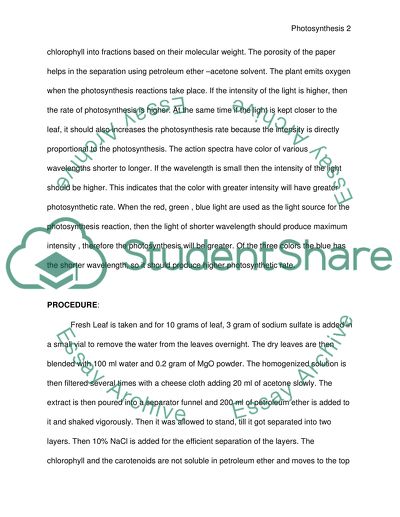Cite this document
(“Biotechnology Essay Example | Topics and Well Written Essays - 1250 words - 1”, n.d.)
Biotechnology Essay Example | Topics and Well Written Essays - 1250 words - 1. Retrieved from https://studentshare.org/miscellaneous/1567701-biotechnology
Biotechnology Essay Example | Topics and Well Written Essays - 1250 words - 1. Retrieved from https://studentshare.org/miscellaneous/1567701-biotechnology
(Biotechnology Essay Example | Topics and Well Written Essays - 1250 Words - 1)
Biotechnology Essay Example | Topics and Well Written Essays - 1250 Words - 1. https://studentshare.org/miscellaneous/1567701-biotechnology.
Biotechnology Essay Example | Topics and Well Written Essays - 1250 Words - 1. https://studentshare.org/miscellaneous/1567701-biotechnology.
“Biotechnology Essay Example | Topics and Well Written Essays - 1250 Words - 1”, n.d. https://studentshare.org/miscellaneous/1567701-biotechnology.


